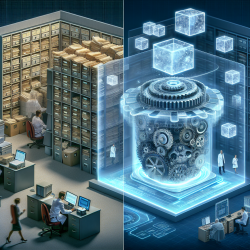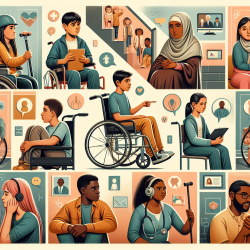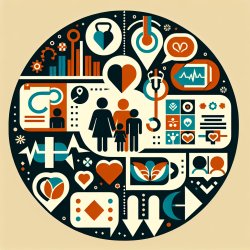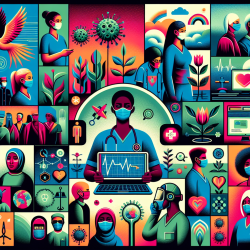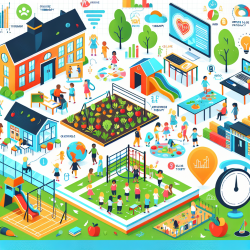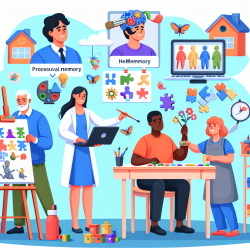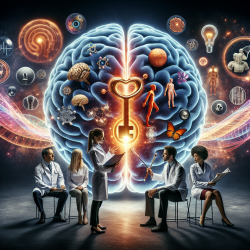Introduction
In the ever-evolving landscape of healthcare, Electronic Health Records (EHRs) have become a cornerstone for improving patient outcomes and streamlining care delivery. However, the challenge of sharing these records for research while maintaining patient privacy remains significant. Enter the world of Natural Language Generation (NLG) for EHRs—a promising solution that can revolutionize how practitioners manage and share healthcare data.
What is Natural Language Generation?
Natural Language Generation (NLG) is a branch of artificial intelligence that focuses on generating human-like text from data. In the context of EHRs, NLG can create synthetic, yet realistic, text entries such as chief complaints or progress notes from structured data like age, gender, and diagnosis codes. This technology not only preserves the epidemiological information of the original records but also eliminates personally identifiable information (PII), ensuring patient privacy.
How Can NLG Improve Your Practice?
Implementing NLG in your practice can offer numerous benefits:
- Enhanced Data Sharing: By generating synthetic EHRs, healthcare providers can share data with researchers without compromising patient privacy. This facilitates collaborative research and innovation.
- Improved Clinical Decision Support: NLG can support the development of machine-learning models for clinical decision support, enabling more accurate and timely patient care.
- Efficient Data Management: By automating the generation of free-text data, NLG reduces the need for manual data entry and review, saving time and resources.
- Privacy Protection: The removal of PII from EHRs ensures compliance with privacy regulations like HIPAA, making it easier to share data for secondary purposes.
Encouraging Further Research
While the potential of NLG is vast, there is still much to explore. Practitioners are encouraged to delve deeper into the capabilities of NLG and consider how it can be integrated into their workflows. Collaborative efforts between healthcare providers, researchers, and tech developers will be crucial in advancing this technology.
Conclusion
Natural Language Generation for EHRs represents a significant leap forward in healthcare data management. By embracing this technology, practitioners can enhance their practice, improve patient care, and contribute to groundbreaking research. As we continue to explore the possibilities of NLG, the future of healthcare looks brighter than ever.
To read the original research paper, please follow this link: Natural language generation for electronic health records.
